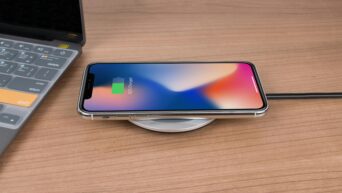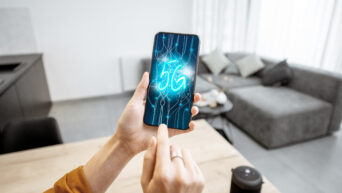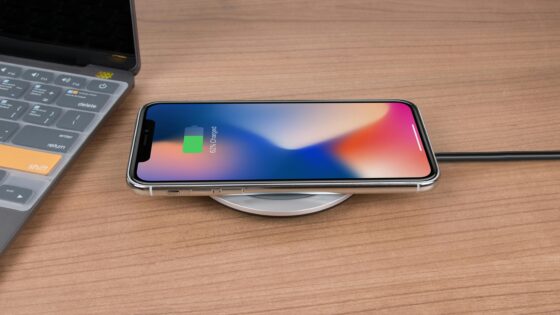All of the big mobile carriers are in a space race to be the first to capitalize on 5G connectivity. It’s gonna be fast and strong, and it’ll just be a great time for everyone. But if you’re someone like say, my mother, you might not know what the actual difference is between mobile connectivity speeds. So for your informative pleasure, here’s a quick-and-dirty explanation of the differences between 5G connectivity and the current head honcho, LTE.
LTE is short for “long-term evolution,” and is an offshoot of 4G connectivity. The G, by the by, stands for “generation.” So right now, we’re in the fourth generation of mobile connectivity going on the fifth. At its highest power, 4G LTE can get you about one gigabit of data download per second, but that’s in a best-case scenario.
5G is what’s on the horizon, and if promotional material is to be believed, it’ll provide faster downloads and shorter load times. Current industry projections believe that 5G could get you up to 100 gigabits per second. 4G is already pretty good on a steady signal, but with that same signal power, or possibly even less, 5G could provide seamless, buffering-free streaming. Imagine never having to pause a video to load ever again. Now that’s a good dream. 5G will also (hopefully) fix bandwith issues present on some devices, allowing you to connect a whole slew of devices at once without any loss in speed.
5G will be true-blue go-anywhere powerhouse internet. Comparing 5G to 4G LTE is like comparing a sports car to a bicycle. They’ll both get you there sooner or later, but if you were offered both, the choice would be obvious.
































